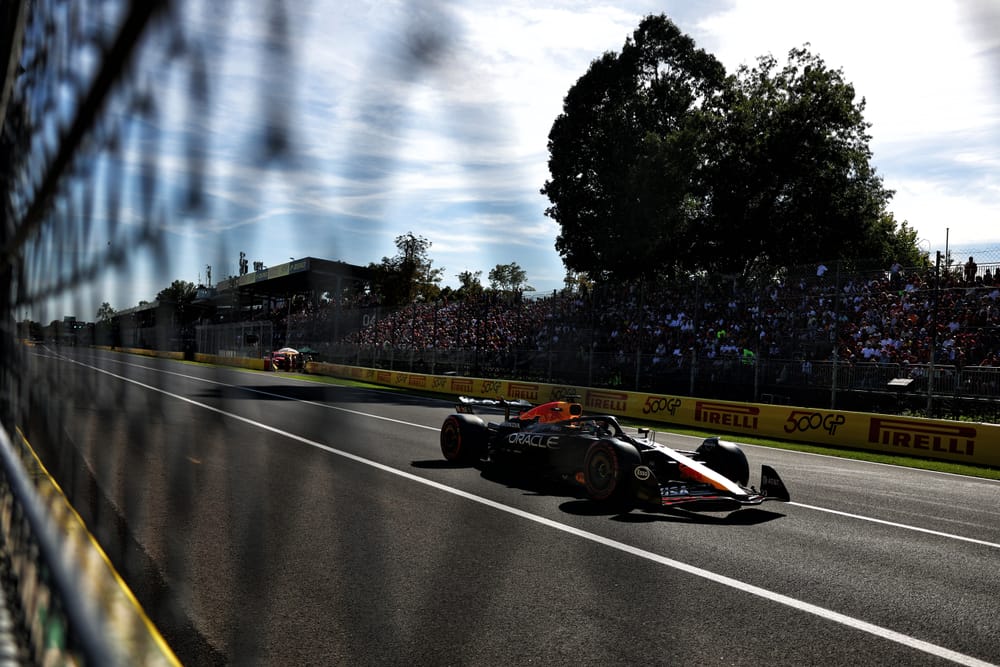In stark contrast to last year, the Red Bull liked Monza’s layout. That’s all Max Verstappen needed to steal pole away from McLaren (and Ferrari) for the fifth time this season. In the process he set the fastest Formula 1 qualifying lap of all time (at 164.465mph).
Monza, such an outlier extremity of low-downforce, was always going to minimise McLaren’s advantage. Its aero efficiency at high downforce circuits is immense, but come all the way down to Monza wing levels and the Red Bull and Ferrari can compete.
At a track with such a high percentage of full throttle running, and a small percentage of grip and traction-limited sections, McLaren has rivals.
For Ferrari, it’s almost a Monza tradition. For Red Bull less so historically, but there have been plenty of signs already this year that the RB21 flourishes when the wing levels come down.
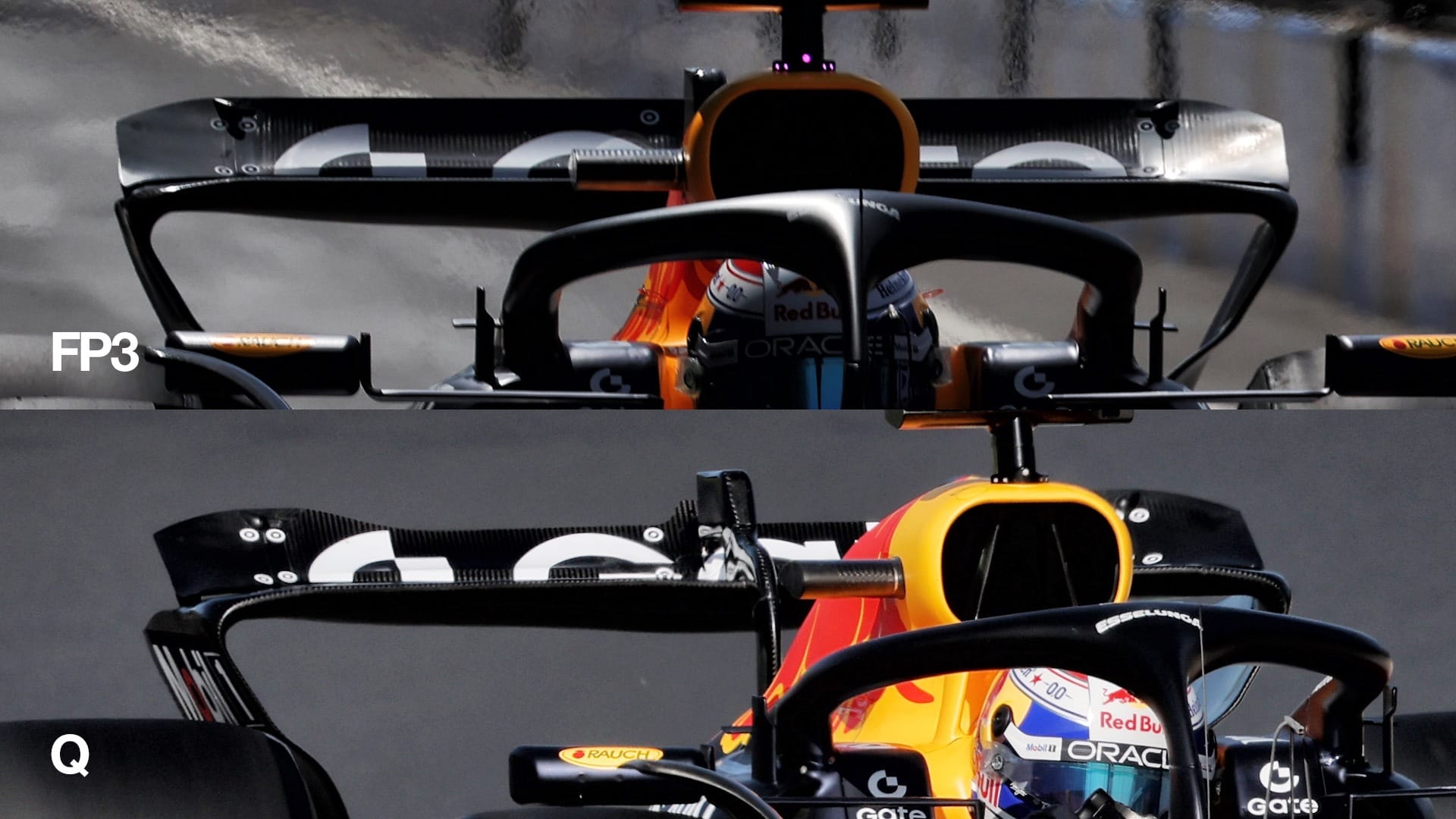
So there was a three-team pole shoot-out between Ferrari, Red Bull and McLaren – in ascending order of chosen wing level.
It was potentially going to be decided by who could get the best tow – because the 0.25-0.3s available from the perfect execution of that was far greater than difference in lap time potential between the three cars.
But no-one fully exploited that. At McLaren, with its drivers fighting each other for the title, it would have been too politically loaded to have prioritised one driver over the other.
Even if the tow-er and the tow-ee were alternated in Q3, the track is invariably better on the final runs. It was much easier for McLaren to dip out of that internal contest and just hope the natural pace of its car would be enough.
At Red Bull, Yuki Tsunoda was assigned the towing role once he’d made it through to Q3 and on the first runs he indeed pulled Max Verstappen to a provisional pole. But Tsunoda’s car then suffered a battery problem and wasn’t in position to help.
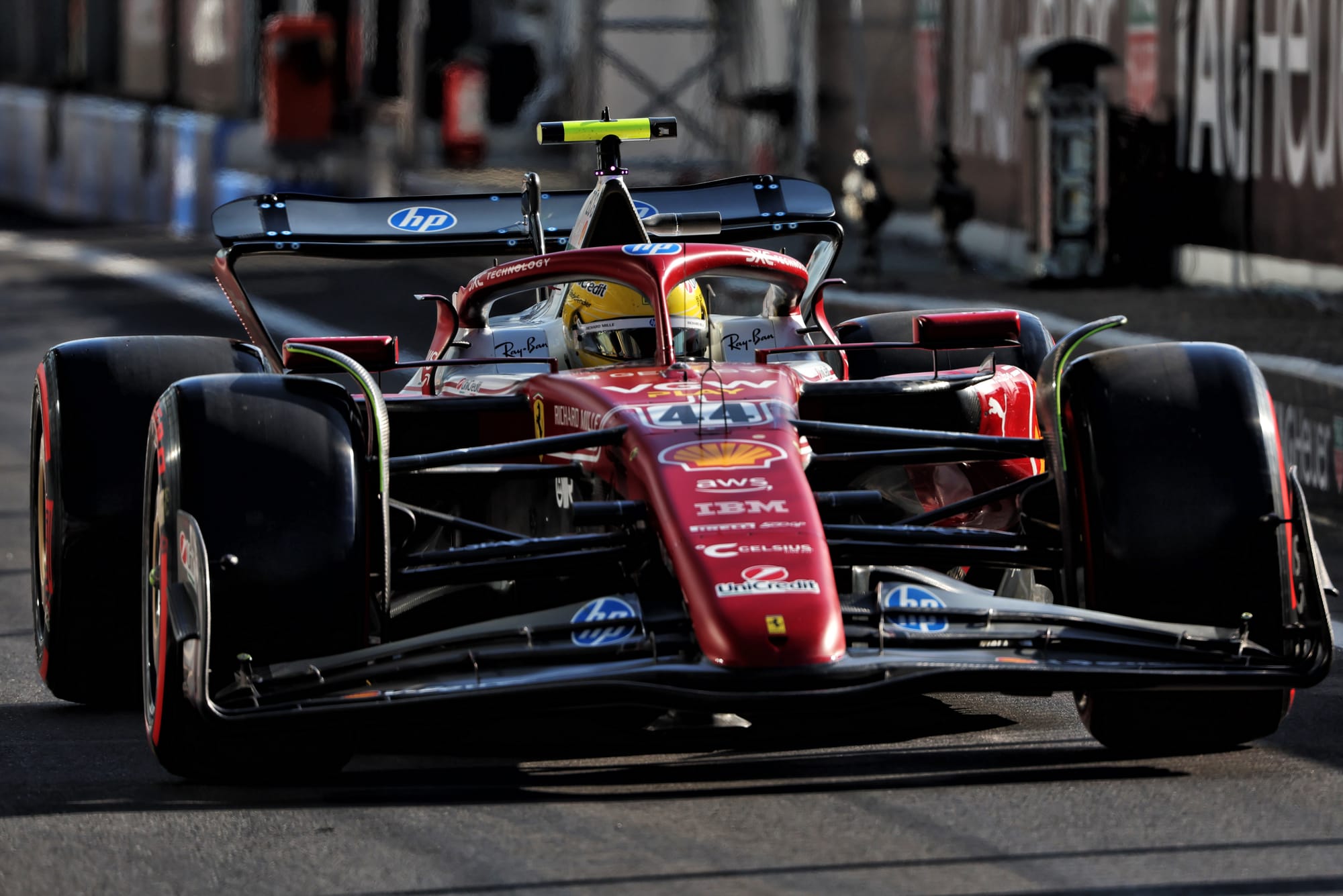
With Lewis Hamilton taking a five-place grid penalty, Ferrari looked perfectly placed to employ the tactic. Just as it had in 2022 when Carlos Sainz was taking engine penalties and so towed Charles Leclerc to pole. But it didn’t even try. On both Q3 runs, Leclerc left the pits ahead of Hamilton.
"Because of the regulation about maximum time [of the out-lap], you are sacrificing one car," explained team boss Fred Vasseur.
"It could work, but it was risky. It was more important to focus on tyre preparation.”
If the perfect positioning for a slipstream meant the wrong speed for the out-lap (the Ferrari needs a hard out-lap), there would be a net loss.
It also put you at risk of being too far back in the pitlane queue as everyone ahead makes their gaps in the pitlane rather than out on track.
So with none of the top three teams chasing the ultimate tow, it switched the relative lap time power of straightline speed vs corner entry.
Once the slipstreaming efforts were essentially abandoned, the lowest-winged car (the Ferrari in this case) would make a smaller gain down the straights over the highest-winged (the McLaren).
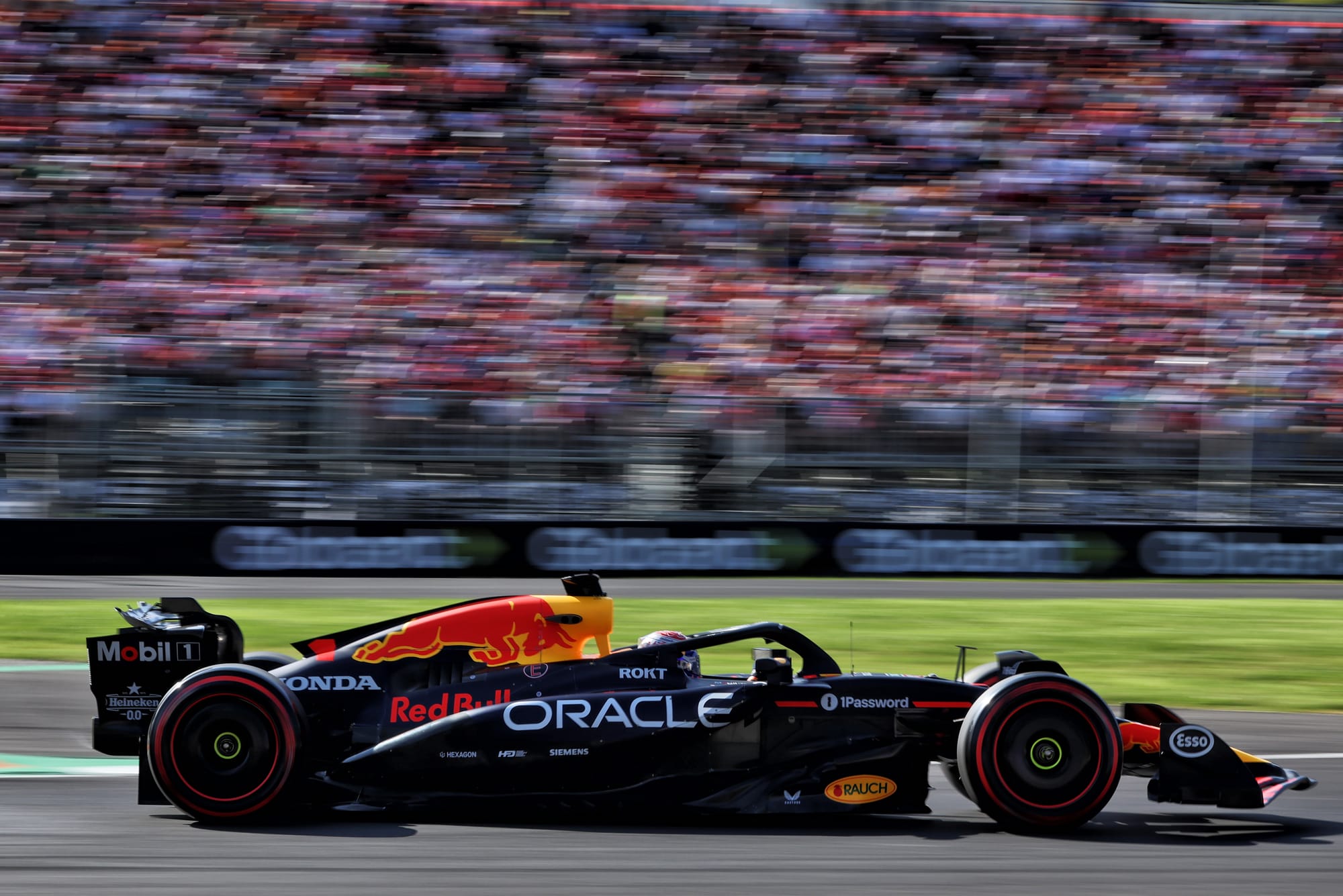
The McLaren should in theory have been able to carry the best corner entry speeds, but the Red Bull was giving Verstappen all the messages he needed to get the perfect rotation into the chicanes.
The way the car responded to his hugely fast initial steering inputs was impressive, as the team had worked on balancing it around a front wing a little fuller in profile than most.
It was a delicate pivot and on Friday he’d found it could over-rotate and lose him time. But they fine-tuned it beautifully and Verstappen went with it.
Plus, Verstappen had a much less frantic progression through qualifying than the faster McLaren driver around here, Lando Norris.
“Oh, I was just making too many mistakes,” Norris related. “We were not quite in the rhythm, or with the pace advantage we’ve had last few weekends.
"I was hitting every kerb I didn’t want to hit, locking up."
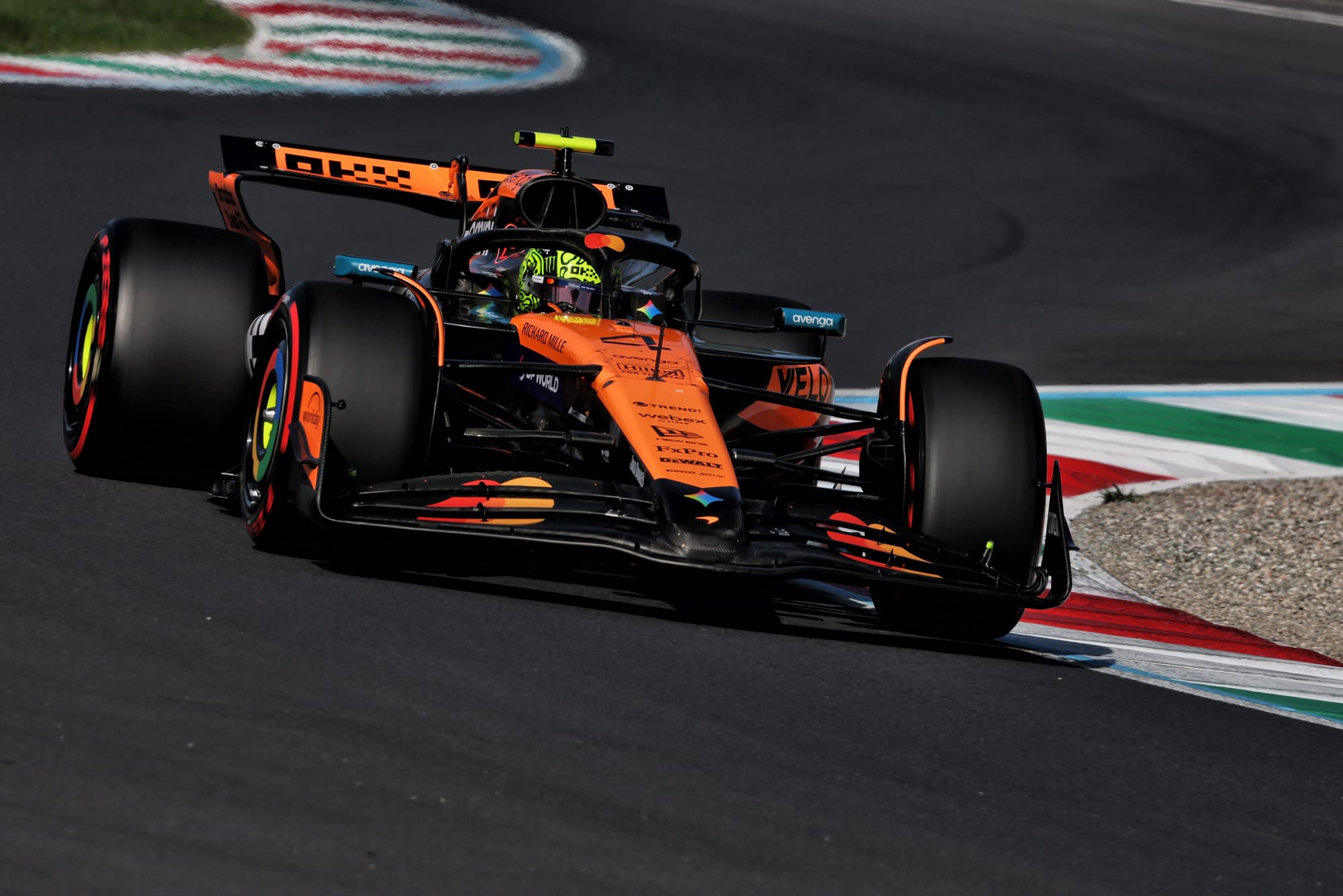
After locking up on his first attack lap in Q2 at the first chicane, he was forced to abandon.
Going back out on his own on a new set of tyres, his first lap was marginal (it would have got him through in hindsight) but his second one was much better, helped by a co-operative tow from Piastri.
Yes, Piastri was, by request, helping ensure his rival for the world title got through to Q3…
It was Norris’s turn to go out for the first Q3 runs (meaning he got no tow), so Piastri was ahead for the final runs, and the small tow effect he took from the other McLaren was not worth as much as the 0.113s Norris was quicker than Piastri by.
But that still left Norris 0.077s shy of the inch-perfect Verstappen (who picked up a small tow from – ironically – Norris). Again, it wasn’t decisive in determining the positions.
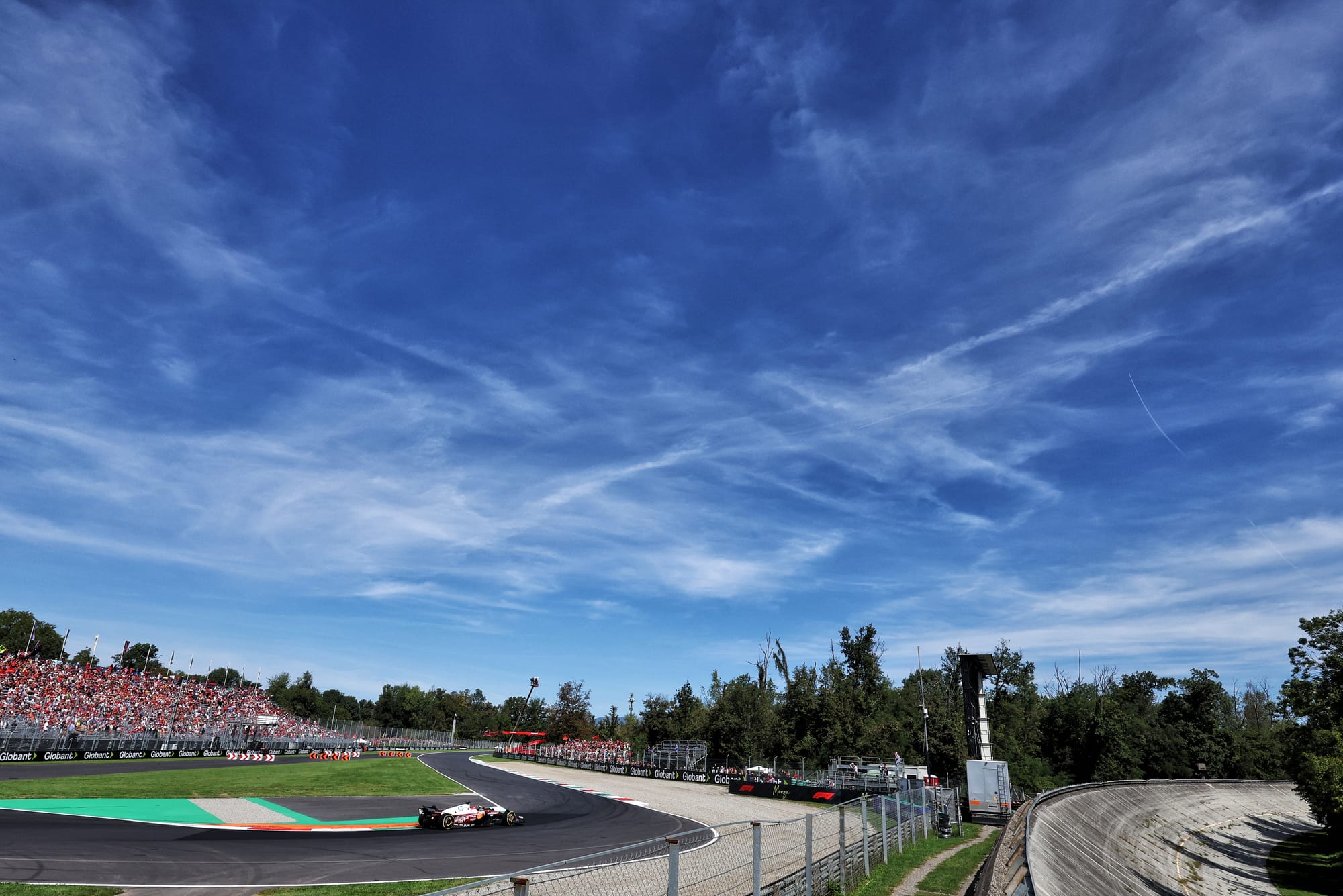
Ferrari could be disappointed with the fourth (Leclerc) and fifth (Hamilton) fastest times a couple of tenths adrift of Verstappen. But on this high-grip tarmac (it was resurfaced last year) that super low-drag set up just wasn’t as effective as in previous years.
There was a little more time than before to be found in the corners from a little bit of wing, especially the front wing into the chicanes.
“I’m very happy with my lap in Q3 and P4 was the maximum result we could extract from our car today,” said Leclerc. In hindsight they’d have needed the perfect tow to overcome that small natural deficit.
Could Mercedes have figured in the pole battle? George Russell was only sixth-fastest (fifth on the grid after Hamilton’s five-place drop) and around 0.15s slower than Leclerc.
But that was on the softs. Russell wanted the mediums.
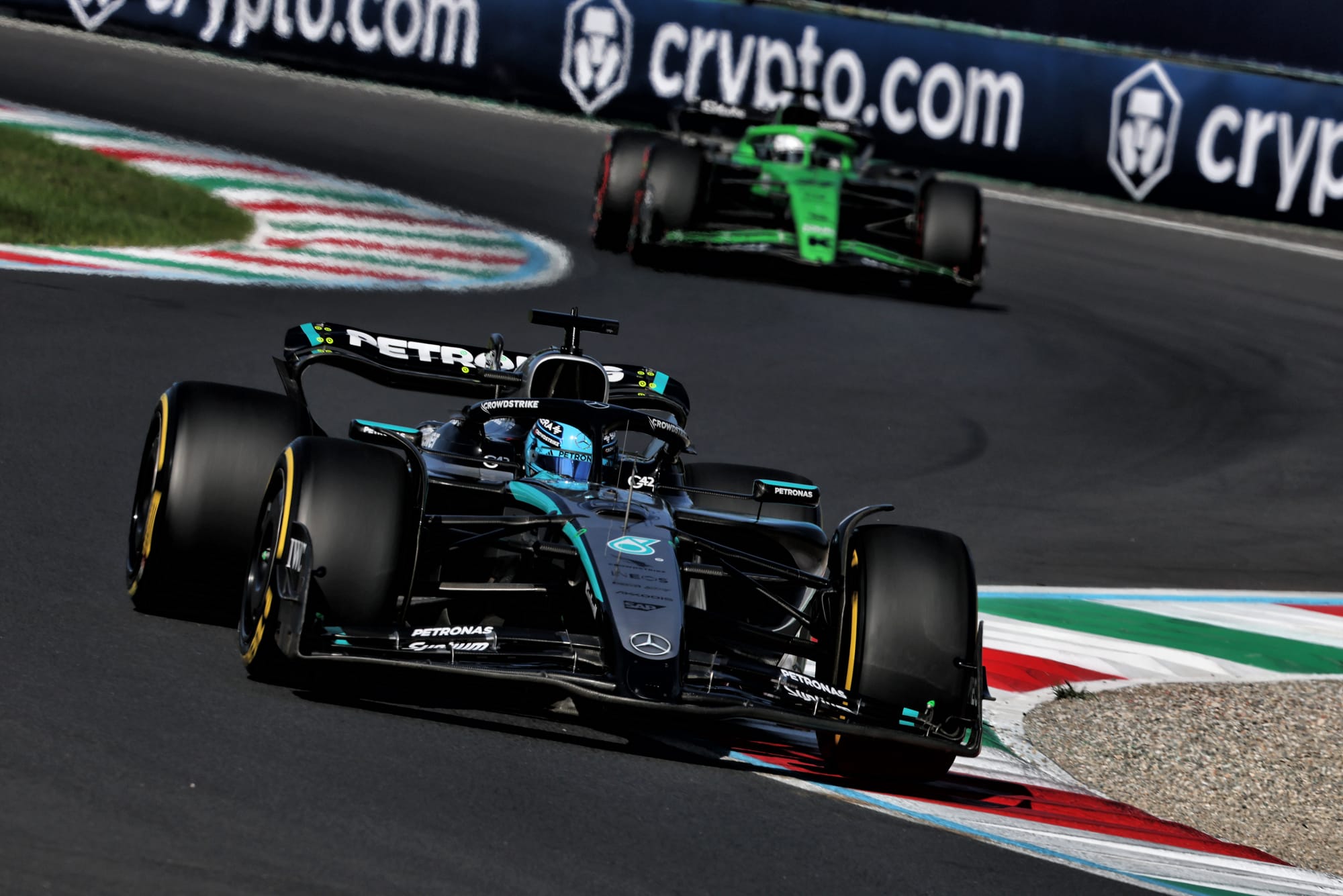
He’d gone P1 on these tyres in Q1. Their stiffer compound offered a more secure feeling, making the car easier to drive – and it was better suited to the Mercedes’ very fast tyre warm-up traits.
But there was a communication mix up. Russell had said after Q1 that he’d like to use them for Q3.
At the end of Q2 he asked if they were ‘sticking to the plan’ and received an affirmative reply.
But they each had a different understanding of the plan – the original one vs Russell’s revised one. “I should have made myself clearer,” he accepted afterwards.
So there it’s poised. The Red Bull probably doesn’t have the McLaren’s race pace – but Verstappen’s got crucial track position for what should be a nailed-on one-stop race in normal circumstances.


